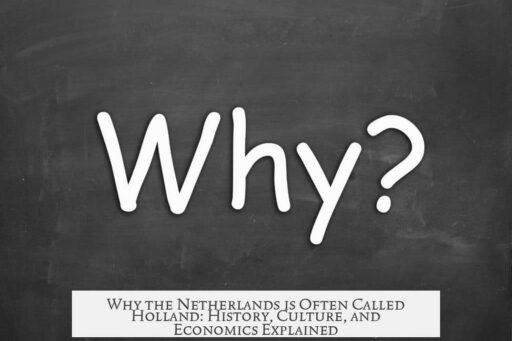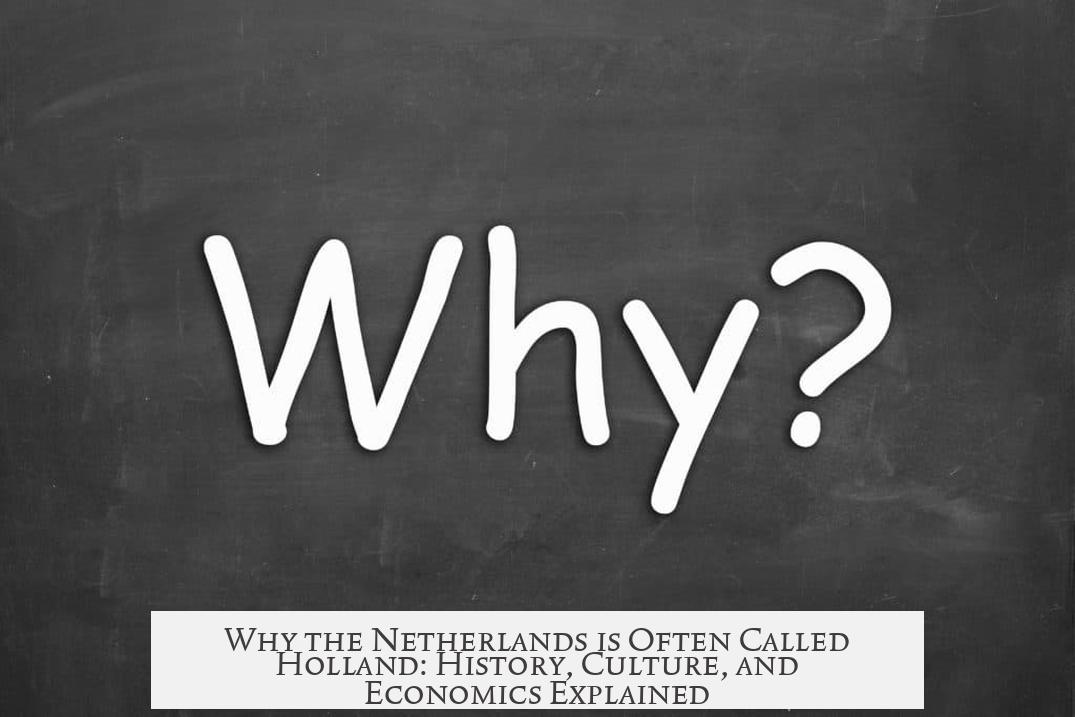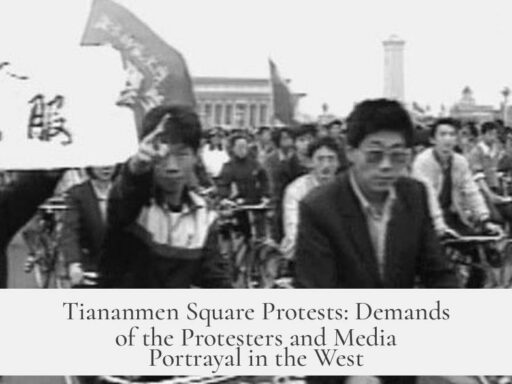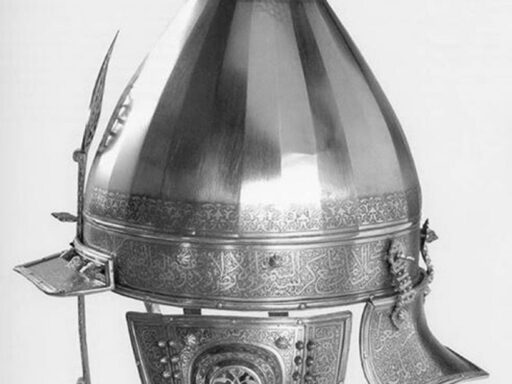Holland is widely known as the Netherlands because it has long been the economic, cultural, scientific, demographic, and military center of the country. This historical dominance made the name “Holland” synonymous with the entire nation in global contexts.
Holland comprises two provinces: North Holland and South Holland. These provinces host major cities such as Amsterdam, The Hague, Rotterdam, Haarlem, Leiden, Hoorn, Delft, and Gouda. These cities function as key hubs for the Netherlands, which reinforces Holland’s visibility and importance nationally and internationally.
In the early medieval period, other parts of what is now the Netherlands were influential. Regions like Utrecht and Frisian territories held significant power. Additionally, during the 16th century revolt against Habsburg Spain, Flemish cities such as Bruges, Ghent, and especially Antwerp, were wealthier and larger than many northern Dutch cities.
From the 15th century onward, Holland began to experience an unprecedented economic boom. This growth intensified in the late 16th century due to several factors:
- Refugees fleeing Spanish-occupied southern Flemish cities boosted population and skills in Holland.
- Proto-industrialization gained momentum there, advancing production methods.
- Newly reclaimed land increased agricultural and urban space.
- Modern economic organization emerged, laying roots for capitalism and liberal political ideas.
Amsterdam, in particular, became a global financial and scientific hub. Many historians describe the Dutch Golden Age as essentially a Hollandic Golden Age. Holland contributed over half of the tax revenue to the Dutch Republic, strengthening its influence.
The province dominated Dutch foreign policy and international trade. Although the provinces in the Dutch Republic operated with autonomy—maintaining separate currencies, legal systems, and navies—Holland’s ports, such as Rotterdam and Amsterdam, were the primary gateways of global commerce. Inland provinces like Utrecht, Gelre, Drenthe, and Overijssel had less exposure to international shipping and trade.
Holland attracted eminent intellectuals and artists, including John Locke, René Descartes, Baruch Spinoza, Christiaan Huygens, Hugo Grotius, Rembrandt, Johannes Vermeer, and Frans Hals. These figures lived and worked mostly in Holland, cementing its reputation as the center for culture and science within the country.
Today, North and South Holland continue to be vital to the Netherlands. Together, they house nearly half the country’s population and key institutions. Schiphol Airport is the main international gateway. The Port of Rotterdam is among the largest in the world. The Hague hosts the Dutch government and international legal institutions. The Zuidas district serves as a financial hub. Media centers in Hilversum and universities in Leiden, Delft, Rotterdam, and Amsterdam maintain Holland’s role as an intellectual and economic powerhouse.
The international familiarity with Holland arose partly because Dutch traders from Amsterdam, Hoorn, and Haarlem were often the first representatives of the Netherlands that foreigners encountered. This exposure led to using “Holland” as a pars pro toto for the entire country.
This naming pattern parallels other countries. For example, “England” frequently stands for the “United Kingdom,” “Yankee” is used for Americans, and German names used abroad often originate from specific tribes familiar to neighboring countries.
| Aspect | Holland’s Role | Contrast |
|---|---|---|
| Economic | Economic Boom from 15th century, major trading ports | Southern cities were wealthier in 16th century but declined |
| Cultural & Scientific | Home to leading philosophers, artists, scientists | Other provinces less influential culturally |
| Demographic | Houses nearly half the population of the Netherlands | Inland provinces less populated |
| Political | Dominates foreign policy decisions historically | Provinces maintained autonomy |
- Holland’s historical economic and cultural dominance makes its name commonly represent the Netherlands abroad.
- Major cities in Holland are national hubs for politics, trade, culture, and education.
- Other Dutch provinces were influential earlier but receded as Holland rose.
- Holland’s ports facilitated international trade and contact, shaping foreign perceptions.
- Contemporary Holland remains central to the Netherlands’ economy and culture.
Why Is the Netherlands So Widely Known as Holland?
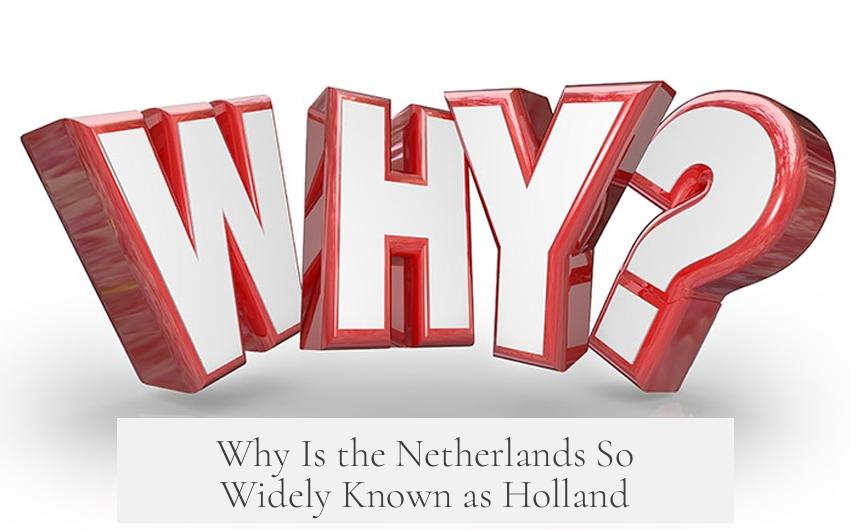
Anyone dabbling in geography or planning a trip to northwest Europe wonders: Why is the Netherlands so widely known as Holland? It’s a common mix-up and one with historic roots and practical reasons. Let’s unpack this with some facts, stories, and a dash of humor.
First things first: Holland is actually just part of the Netherlands—not the whole country. Imagine calling Texas “the USA”—not quite right, but you get the idea. Holland specifically refers to two provinces: North Holland and South Holland.
The Heart of the Nation: Why Holland Stands Out
Holland’s fame is no accident. This region is the beating heart of the Netherlands. Why? Because it holds the economic, cultural, scientific, demographic, and military centers of the country. Think of it as the busy downtown of the Dutch world.
Some heavyweight cities live here: Amsterdam, the capital, famed for its canals and bikes; The Hague, where the Dutch government hangs out; Rotterdam, a shipping giant; plus Haarlem, Leiden, Hoorn, Delft, and Gouda. That’s a lot of urban bustle packed into one area.
Flashback: How Holland Rose to Power
If you rewind a few centuries, the story changes up. In the early Medieval period, Utrecht and the Frisian territories were important players. The southern Flemish cities—Antwerp, Bruges, Ghent—were the wealthiest and largest when the Dutch revolt kicked off in the late 1500s. But things swiftly flipped.
From the 15th century onward, Holland enjoyed an economic boom that’s still studied today. Picture refugees fleeing Spanish-occupied Flemish cities. They brought skills and capital. Toss in reclaimed land, nascent industry, innovative economic setups, and you brew the perfect storm for growth.
The result? Amsterdam transformed into a global hub, one of Europe’s top financial and scientific centers. The “Dutch Golden Age” was essentially a “Hollandic Golden Age.”
Money Talks: Holland’s Economic Clout
Holland’s economic weight was massive—over half the tax revenue for the newly independent Dutch Republic came from here. Plus, Holland called the shots on foreign policy at a time when the provinces acted mostly independently. Each had separate currencies, courts, and even navies.
And let’s not forget shipping. Ports in Holland handled huge volumes of goods moving across seas and continents. Meanwhile, more inland provinces like Utrecht and Drenthe stayed spectators to this maritime drama.
Legends Lived Here: Cultural and Scientific Giants
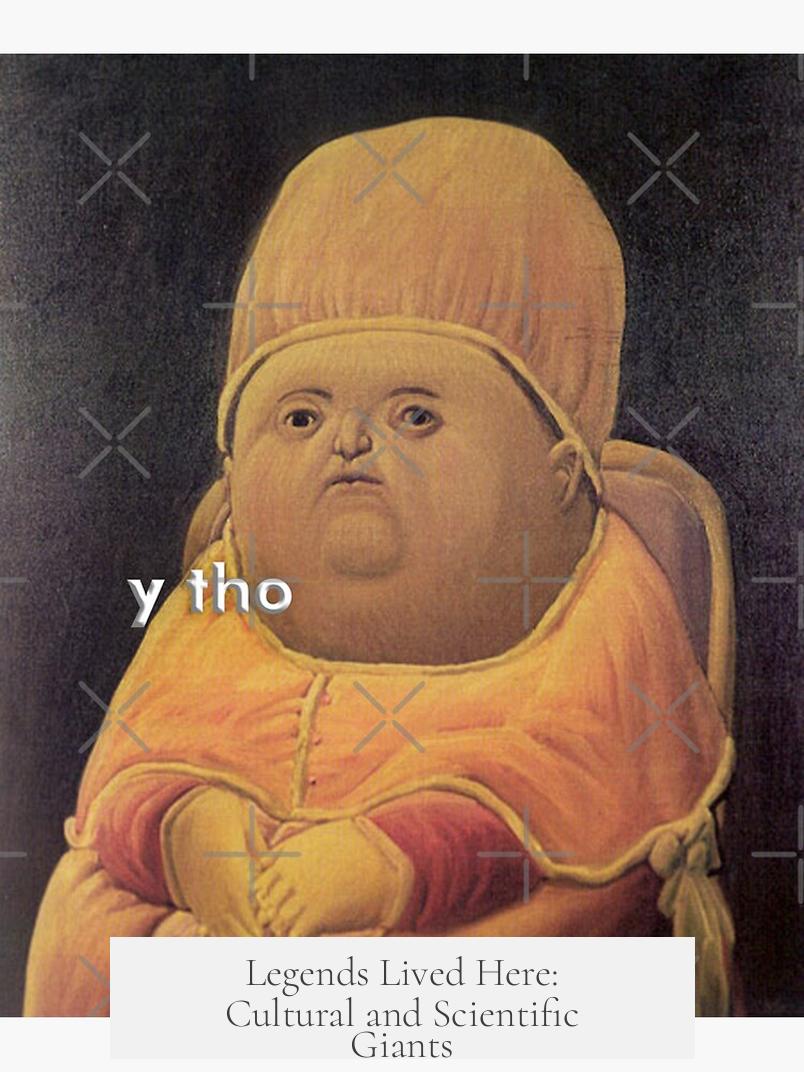
When you hear names like Locke, Descartes, Spinoza, Huygens, Grotius, Rembrandt, Vermeer, or Hals, know this: they spent most of their time in Holland. That’s no coincidence. These provinces created fertile ground for intellectual thought and artistic genius during that epoch.
They weren’t hanging around in less central provinces. Holland was the place to be if you were making history.
Today’s Holland: Still the Center of Gravity
Fast-forward to the 21st century, and the situation hasn’t changed much. North and South Holland host nearly half of the country’s population. Schiphol Airport is one of Europe’s busiest. Rotterdam remains one of the world’s top ports. Amsterdam’s financial district, the Zuidas, buzzes with business. Hilversum keeps Dutch media humming. The top universities lie here, too—Leiden, Delft, Rotterdam, and Amsterdam.
In short, Holland is still where the action happens.
Why Does the World Say “Holland” When They Mean “Netherlands”?
This is where things get interesting. The rest of the world, meeting Dutch traders from Amsterdam, Hoorn, or Haarlem, ended up associating the name “Holland” with the entire country. The outside perspective fixated on the most visible, most influential part.
It’s a classic case of pars pro toto: a part standing for the whole. Sound familiar? It’s like how England often means the entire United Kingdom or how Americans are sometimes called “Yankees,” even though they’re just one of fifty states.
Similarly, various countries label Germany based on the Germanic tribes they knew (e.g., Saxons or Prussians). With Holland and the Netherlands, the name just stuck, partly due to history, partly due to economic and cultural prominence, and partly because it’s easier to say.
Practical Tips: When to Use Holland vs. Netherlands
- Be precise: Use “Netherlands” when referring to the country as a whole.
- Use “Holland” when speaking specifically about the provinces of North and South Holland.
- In casual talk or abroad, “Holland” may be acceptable, but expect geography buffs to raise an eyebrow.
Want to impress? Mention famous cities from other Dutch provinces. Say, “I’m headed to Groningen” or “Visit Maastricht.” It shows you know your Dutch geography.
A Quick Recap
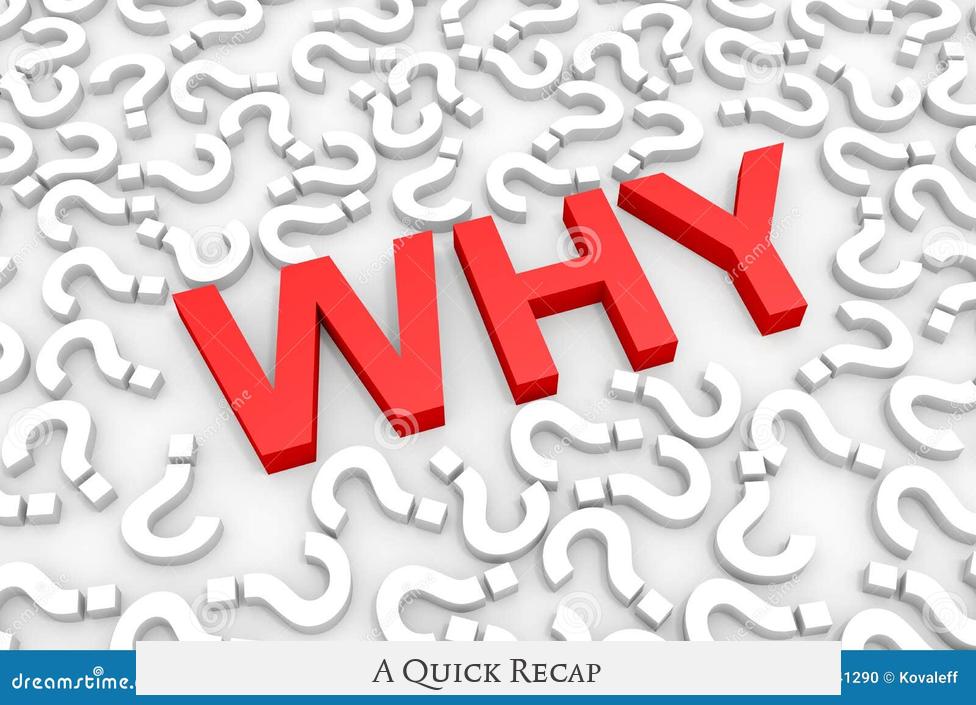
Holland’s rise was thanks to:
- Economic boom starting in the 15th century.
- Influence of refugees and proto-industrialization.
- Ports and shipping hubs driving trade.
- The location of cultural and scientific giants.
- Being the dominant contributor to the Dutch Republic’s budget.
All these factors made Holland the face of the Netherlands abroad. It’s easy to see why people equate the two.
Curious for More?
If you want to explore beyond Holland, dive into the stories of Friesland’s proud traditions, the rural beauty of Drenthe, or the historic towns of Gelderland. The Netherlands is much more than its two Hollandic provinces.
In the meantime, next time someone calls the Netherlands “Holland,” you can smile knowingly and say, “Close, but let me tell you why that’s just part of the story.”
